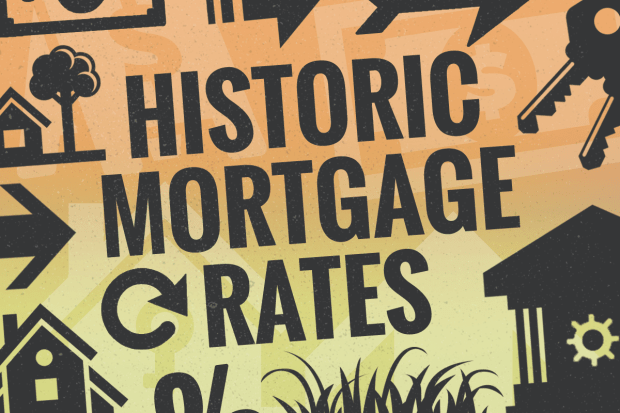
Mortgage Rates History: Decade Trends & What They Mean Today
Mortgage rates history tells the story of the housing market, the economy, and financial decision-making across generations. From double-digit highs in the 1980s to record lows after 2008, understanding how rates moved can help today’s buyers in Florida make smarter choices about when to purchase or refinance.
Mortgage Rates in the 1970s: Inflation Pressure
In the early 1970s, 30-year fixed rates averaged 7–8%. Rising inflation, energy crises, and a volatile economy pushed rates upward, hitting double digits by the end of the decade.
Mortgage Rates in the 1980s: Record Highs
The 1980s marked the peak of U.S. mortgage rates. To combat runaway inflation, the Federal Reserve raised interest rates sharply. By 1981, average mortgage rates exceeded 18%. Many buyers were priced out, but those who locked in later in the decade saw relief as rates trended downward.
Mortgage Rates in the 1990s: Stabilization
During the 1990s, rates normalized between 7–9%. A strong economy and reduced inflation gave borrowers more stability. Compared to the 80s, mortgages became far more affordable, fueling steady homeownership growth.
Mortgage Rates in the 2000s: Crisis and Decline
The housing boom of the early 2000s featured rates averaging 6–8%. The 2008 financial crisis changed everything. Rates plummeted as the Federal Reserve intervened, making refinancing and new mortgages more affordable than ever.
[Internal Link: “closing costs in Florida” (link to your closing costs blog)]
Mortgage Rates in the 2010s: Record Lows
Between 2010 and 2019, rates hit record lows, often dipping under 4%. Buyers who purchased or refinanced during this time locked in historically cheap financing. These years set the benchmark for “low rates” in the modern market.
Mortgage Rates in the 2020s: Volatility Returns
The pandemic created unprecedented rate swings. In 2021, some 30-year rates fell below 3%. By 2023, inflation pressure and Federal Reserve rate hikes pushed them back above 6–7%.
In Florida, today’s mortgage rates remain far below the highs of the 1980s but well above the lows of the 2010s.
What Mortgage Rate History Means for Buyers Today
Looking at mortgage rates history shows that rates rise and fall in cycles.
- Lesson 1: High rates don’t last forever.
- Lesson 2: Waiting for “perfect” conditions is risky.
- Lesson 3: Even small rate differences can save thousands.
[Internal Link: “mortgage calculator” (link to your calculator guide)] helps visualize monthly savings.
For Florida buyers, rates around 6–7% may feel high compared to 2020, but history shows they remain affordable compared to past decades.
Florida Mortgage Market Insights
Florida’s housing demand, population growth, and unique coastal risks influence today’s lending environment. Regional variations mean Miami, Orlando, and Tampa may see slightly different averages compared to Brevard or rural counties.
Insurance costs and flood zone requirements indirectly affect affordability, but mortgage rates in Florida remain competitive with national averages.
Conclusion
Mortgage rates history proves that markets shift dramatically from decade to decade. Buyers who understand these cycles can make smarter choices about refinancing or locking in their next loan.
For the latest personalized rate quotes in Florida, contact My Town Lending at 321-334-1876. We track trends daily and guide you through timing your mortgage with confidence.